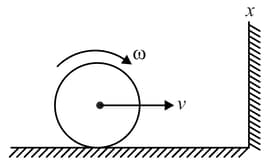A rigid rod is rotating as well as translating on a smooth horizontal surface. The velocities of its ends at any moment are as shown in figure. If , find the value of .
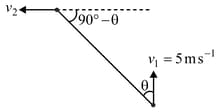


Important Questions on System of Particles and Rotational Motion
A cubical block of height and is placed on the horizontal surface with sufficient friction. For a given force.
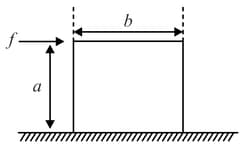
The moment of inertia of a semi circular disc of mass and radius about an axis passing through the point and perpendicular to the plane of disc is (shown in figure)
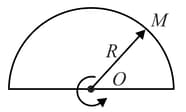
Four rods of equal mass and length forms a square as shown in figure. The moment of inertia of about the axis passing, through the point lying in the plane of square is
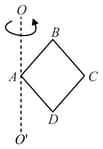
From a uniform sphere of mass and radius a cavity of diameter is created as shown. Find the ratio of moment of inertia of the sphere left about and .
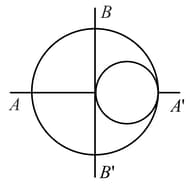
A force is acting on a point mass at a point . Find the angular acceleration of the line at this instant.
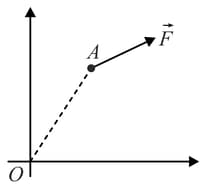
A ring of mass and radius is acted upon by a force as shown in the figure. There is sufficient friction between the ring and the ground. The force of friction necessary for pure rolling is
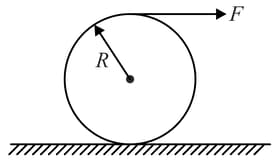
A solid cylinder is rolling without slipping with velocity of its centre of mass and angular velocity about its centre of mass on a horizontal frictionless surface as shown in figure. If it collides with a frictionless vertical wall , then after collision its velocity and angular velocity respectively become
